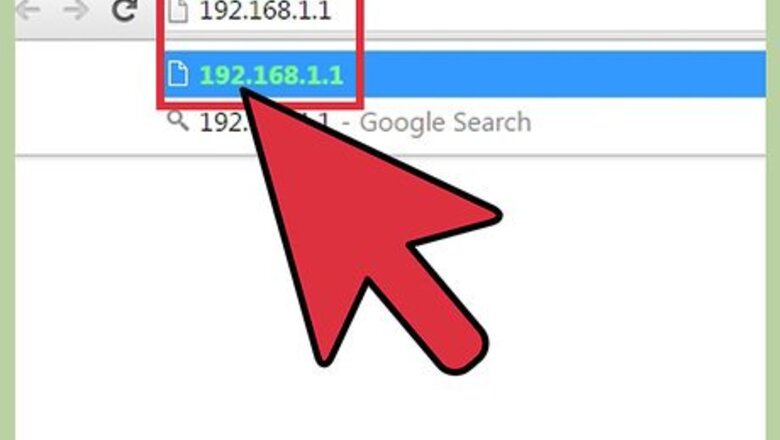
views
Closing Ports through a Router
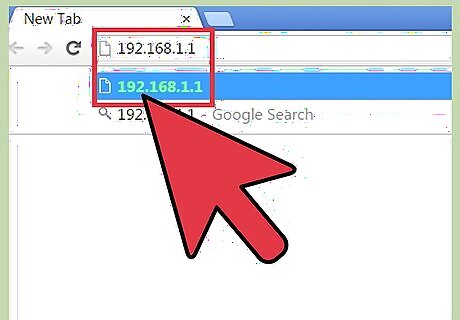
Open your router's settings. The way to access these settings can be different depending on your brand of wireless router. If you don't know how to open up your router's settings, review the instructions that came with your router or do an Internet search for the information using your router's make and model. Generally, your router will be opened by either typing its IP address or by typing "router" without the quotation marks into your internet browser.
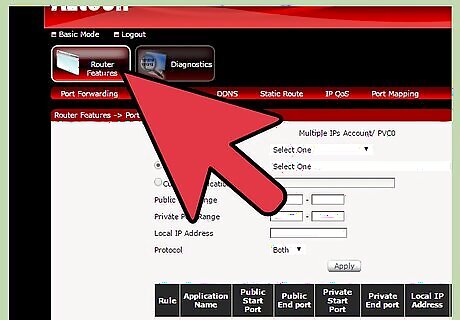
Check your router's firewall settings. If a port is open and you would prefer it not to be, this may be because your wireless router's firewall is turned off. Check to see if it is still working properly, and whether or not it has port 21 listed as open.
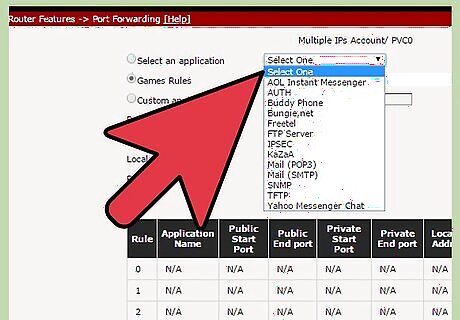
Open the port forwarding section. This will be called something different depending on the brand of your wireless router, but it will usually be named something related to ports, port forwarding, or virtual servers. In this section will be a list of ports that are kept open, or forwarded, and the programs that use them. If you see port 21 listed here, remove the listing. This tells your router you don't want that particular port open.
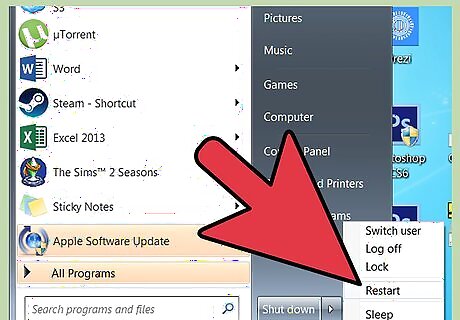
Restart your router and computer. When you've removed any reference within your router to port 21 being open, restart your router and your computer just to be sure. Now when you check your open ports again, port 21 will be closed.
Closing Ports Through Windows Firewall
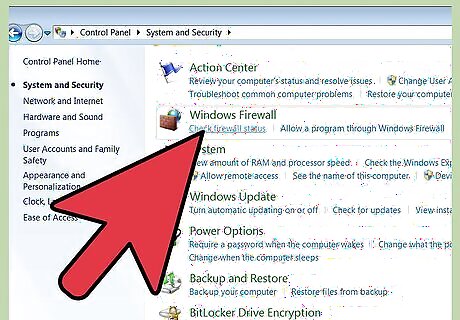
Open Windows Firewall. Click the start button, then open control panel. Find the section titled "Security." If your Windows Firewall is listed as off, click the "on" radial and save your settings.
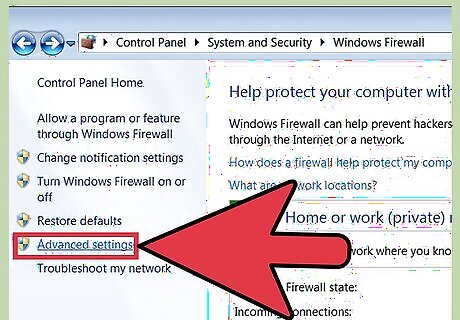
Open the advanced settings. To the left of the screen should be a menu, click on the advanced settings button. Under "exceptions" find Port 21. It will be listed as open. Remove the exception and restart your computer. When your computer reboots, run your port scanning software again and confirm that port 21 has been closed.




















Comments
0 comment